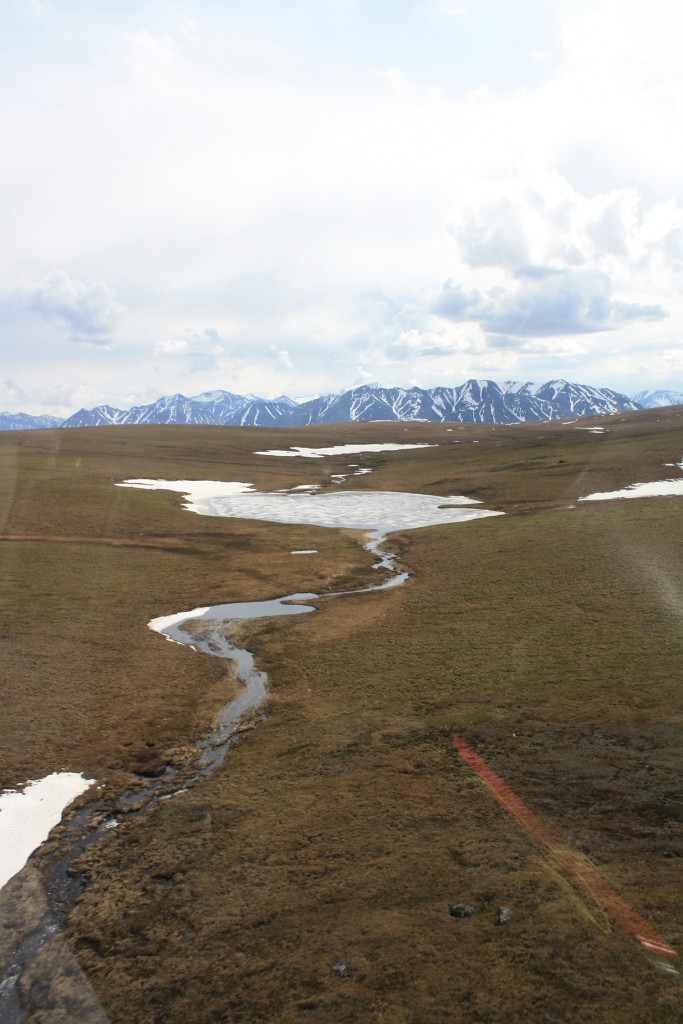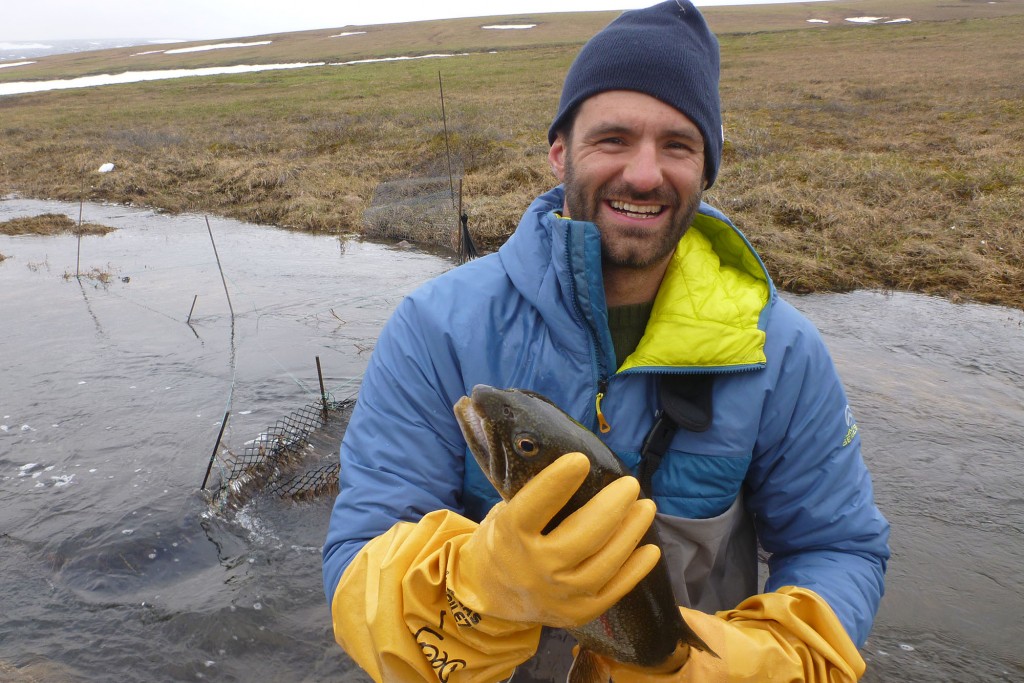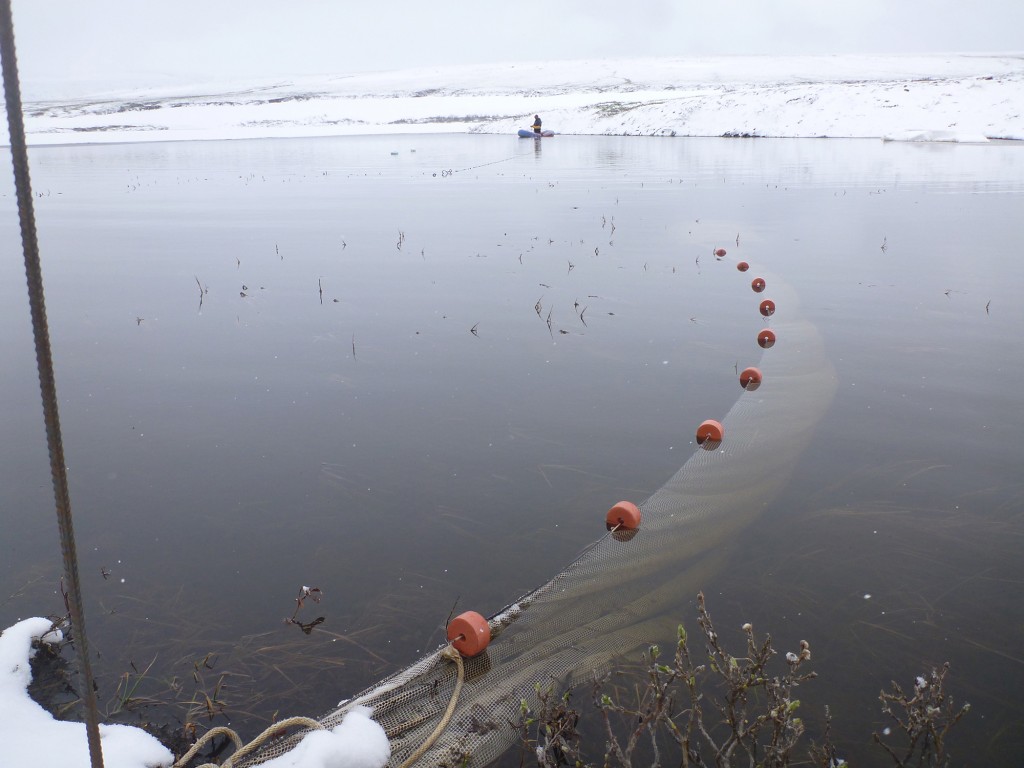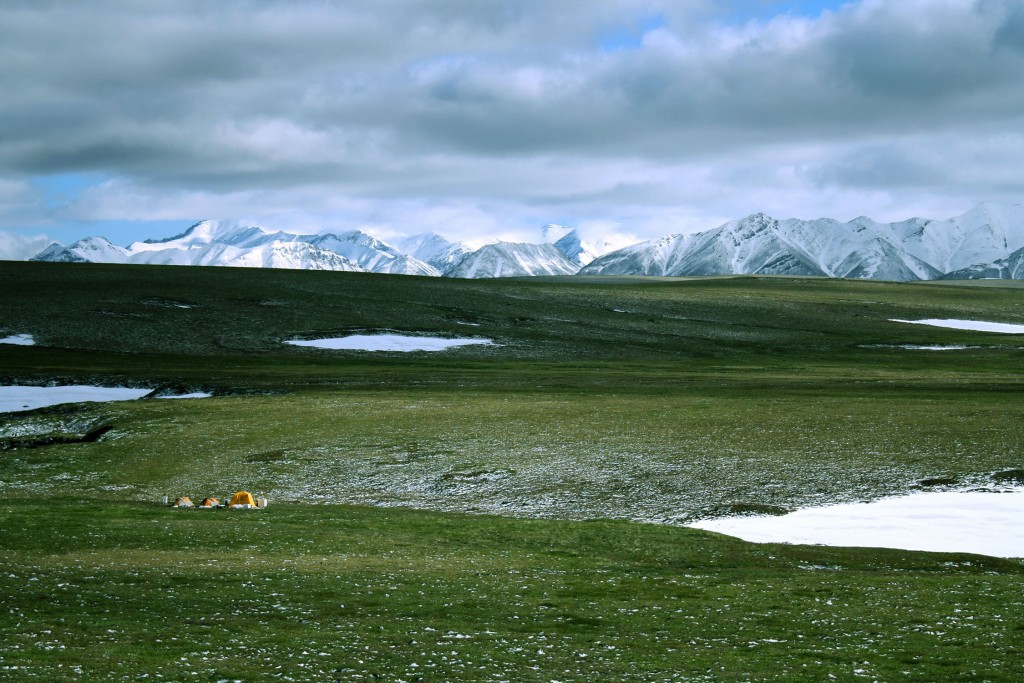Around the globe, on every continent, UConn professors are working to prevent species extinction in the face of escalating climate change.
For every degree that global temperatures rise, more species will become extinct, says Mark Urban, a UConn professor of Ecology and Evolutionary Biology. If current climate policies are not modified, warns Urban, rising global temperatures will threaten up to one in six species.
Overall, his study, which was originally published in the journal Science, predicts a nearly 3 percent species extinction rate based on current conditions. If the Earth warms another 5.4 F, the extinction risk rises to 8.5 percent. And if climate change continues on that trajectory, the world will experience a 7.74 F rise in temperature by the year 2100 – resulting in a 16 percent extinction rate.
To make matters worse, the species that we know are threatened by climate change, polar and grizzly bears for instance, may be just the tip of the iceberg. Urban found that the risk of species loss is most acute for those continents that have unique climate ranges, with native species that can survive only in a limited range. Yet those regions are the ones researchers have studied the least. Nearly 60 percent of studies about the effects of climate change have centered on North America and Europe. But South America, Australia, and New Zealand are at greatest risk for species loss, he says.
Urban is one of dozens of UConn researchers at work around the globe studying the effect of climate change on species of all shapes and sizes. He and graduate student Heidi Golden recently returned from a field trip to Alaska. Check out GoPro video from Urban and Golden in Alaska. To learn more about faculty research on the environment in countries from the American Southwest to the Gulf of Maine, Greenland, and South Africa, go to the UConn Magazine website.

When ecology and evolutionary biology Ph.D. student Heidi Golden arrived in Fairbanks, Alaska, last May, one of her missions was to deliver fish-monitoring gear to locations along the rivers and headwaters of three watersheds in the Brooks Mountain Range on Alaska’s North Slope.
However when she walked off the plane, she was greeted by 60-degree temperatures and a rapidly disappearing snowpack. This unseemly weather had resulted in a ban on the use of snow machines and other off-road vehicles on the exact overland routes she needed to travel to get critical supplies to the research sites.
But field biologists are nothing if not resourceful, and she and Cameron Mackenzie, a colleague from the Marine Biological Laboratory at Woods Hole, Mass., were able to wrangle a one-day travel exception from the Alaska Department of Natural Resources. This allowed them to make their trek to their base camp with a mountain of fish traps, antennas, tagging equipment, and supplies, not to mention all the camping gear and food needed for an extended stay in the headwaters.
Golden and Mark Urban, associate professor of ecology and evolutionary biology, have traveled to Alaska the past two summers to study the Arctic grayling, a fish that is considered a keystone species in the far northern streams it inhabits. Their goal has been to evaluate the relationship between climate change and the movement, plasticity (the ability of an organism to change in response to the environment), and adaptability of the grayling.

This is part of Urban’s larger quest to determine how evolutionary and community dynamics shape species distributions, and how habitat fragmentation, reflected by changes in an organism’s preferred environment, can cause changes in them that might make them more or less susceptible to extinction.
“The climate in the Arctic is changing more rapidly than virtually anywhere else in the world. If we can study these changes and learn from them, we may be able to better understand what is happening elsewhere,” says Urban.

In order to understand the population dynamics of the graylings, the fish are caught in nets and fitted with passive integrative transponder tags. Their movements are then tracked using antennas strategically placed along the rivers they populate.
But this year was somewhat problematic. “We thought we’d arrived early enough in the season so that overland travel wouldn’t be an issue, but this was the warmest May on record on the North Slope, going back to when records were first kept in 1925,” says Golden. “The ground was thawing and Alaskans were experiencing what they believe is T-shirt weather, but this isn’t what springtime in the 50th state used to mean!”
In addition to the transportation difficulties caused by the snowmelt, there were fewer adult fish for the research team to catch. While there were a lot of juveniles and fish that looked like they might become capable of spawning, not many were actually doing so. The true indication that something was different, Golden explains, was how early the young of the year came out from under the gravel in the streambeds. “They were about three weeks earlier than average, and that’s really, really early.”

And, she says, “with weather this warm, there are repercussions for both the young of the year and the adults. A warm year is good for the young because it helps them grow rapidly, but the effect is just the opposite for the adults. They are territorial by nature and don’t like to be crowded, so they are under considerable stress. There’s also a heightened risk of predation, as they get eaten by gulls and other birds and animals that find them vulnerable when they became stranded in shallow pools.”
According to Urban, the Arctic grayling is not in danger of species extinction because of its circumpolar distribution, even with the lower numbers counted by the research team in Alaska this summer. He points out, however, that Golden has discovered that the fish do have microscale genetic variations, and that this leads to questions that will be answered only by further research.
“We don’t know yet whether this genetic variation is related to specific traits or whether there are just genes differentiating randomly on a really localized scale,” he says. “But if we do find genetic differences that are related to different traits, it may be that there are fish that are becoming adapted to being lake fish and others that are adapting to being stream fish; ones that are voyagers that go far downstream, while others stay localized.
“Since fragmentation of a species can lead to loss of resilience in the population as a whole, this is something that we will continue to study into the future,” he adds, “as we make repeated trips back to the Arctic.”


